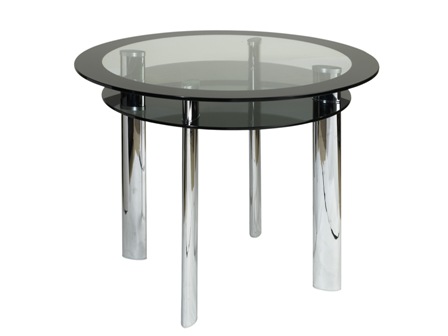Some people move in with set ideas for their garden. They build a pool or dig up the lawn before they’ve even unpacked their bags.
But most garden design takes much longer. And so it should, because designing a garden is a process of assessing your family’s needs in terms of outdoor space and considering what works best.
Experts advise homeowners to live with their garden for a full 12 months before deciding on plans to change it. This may seem a long time to an eager homeowner, but experts say it pays to really understand what you need your outdoor space to do.
Note down the positives and negatives of your existing garden. Consider where you could create a childrens’ play area out of the sun, a secluded shady area for outside eating, away from wind or direct sunlight, the best spot to enjoy evening sun and where best to build a shed or locate parking.
Your garden needs to work hard – not only as a decorative backdrop to your home, but also as a place to entertain friends, provide a calm retreat, a playroom or football pitch for the children and a place to keep pets, cultivate fruit and vegetables and often to park the car.
It’s for this reason that garden designers suggest dividing your garden into ‘rooms’ with different uses for different parts. Fences, low walls, decked areas, paths and other landscaping tricks can create divisions between different areas.
Patios can help you make the most of the garden all year round. There are hundreds of options on materials, ranging from flagstones and slate to granite and terracotta in a variety of shapes and sizes. Check out your local DIY shop, builders merchants or garden centre for the options.
Decking is another alternative for the eating area. You can choose between softwood or hardwood, both of which offer a high level of durability. While softwoods can be stained to a variety of colours or left to weather to a silver-grey colour, the more expensive hardwoods offer lovely rich colors that weather well, require minimal maintenance and are durable.
Your local garden centre or builders merchant should also be your first stop for choices on fencing, pergolas, gazebos, garden seats and trellis work.
The driveway and off-street parking will not only make your home look inviting, it will also make life much easier carrying luggage, shopping and children into the house in inclement weather. Do make sure that the materials you use for the driveway and off-street parking are in keeping with the rest of the hard landscaping in the garden. Again, there are a number of different materials available including block paving, bricks, stone or cobbles in a wide range of colors.
Don’t forget to consider where your shed or storage space will be located – even the best looking shed shouldn’t be a focus for your garden. Other design tips include making sure you can’t see the whole garden at once to generate curiosity and surprise. Experts suggest building in sight lines, so as you step out of the back door, your eye travels to a pergola, walled area or terrace.
As with every building project, careful planning makes all the difference. To make a success of your outdoor space, you need to map out the available area and design how you are going to use it. There are plenty of garden designers, so if you’re unsure how to plan the space, you can seek professional design advice.
If you’re clear on the look you want to create, then put some ideas on paper and talk to a local builder about putting it into action. He or she will be able to help with any hard landscaping – from patios, walls, fencing, driveways, water features and planters – by providing that professional touch.
As with any other building job, obtain two or three quotes, check references and visit previous jobs. Agree everything in writing, fix your budget and manage the project and budget very carefully.
Happy gardening!
Important considerations:
• Trees – If you are planning to knock down trees, first check that they are not protected. A tree preservation order is made by the local planning authority – usually the local borough or District Council – to protect specific trees or a particular woodland from deliberate damage and destruction. To find out if your trees are protected, contact the local Planning Authority. If your trees are protected, you need written permission to remove them, or to do any tree surgery, or risk prosecution. Also make sure that existing trees or new trees that you plan to plant are not too close to your house, as tree roots can cause serious damage to the foundations.
• Walls – Garden and boundary walls should be inspected from time to time to see if any repairs are necessary, or whether a wall needs rebuilding. Such walls are amongst the most common forms of masonry to suffer collapse, and they are unfortunately one of the commonest causes of death by falling masonry. Your insurance policy may not cover you if the wall has been neglected.
• Water – A pond, water feature or fountain can provide focus, movement and interest to any size of garden. However it’s important to consider where this is sited. Talk to your builder about the accessibility to a water supply, the position and protection of electrical cables, the location of existing bedrock, pipe-work or septic tanks close to where you would like to have your water garden. Also if appropriate, consider how to make it as child-proof as possible.


